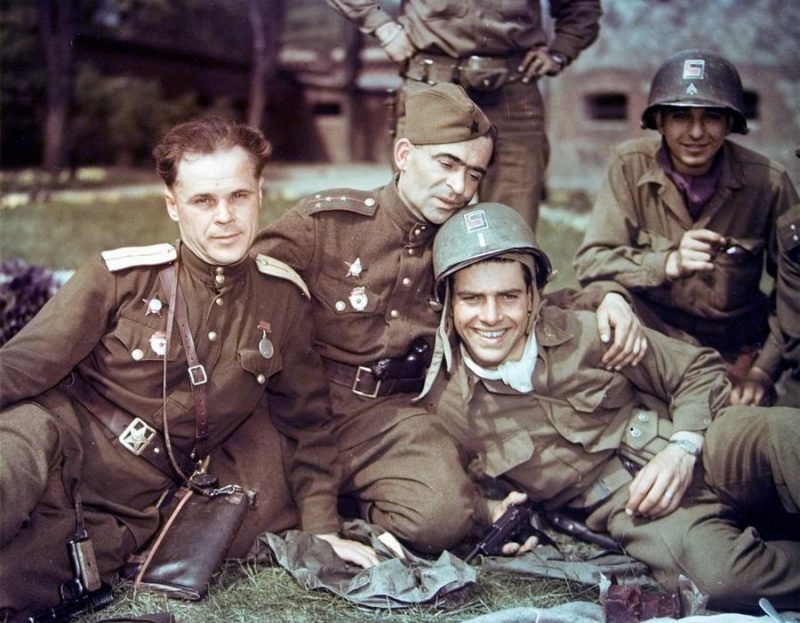The history of World War II contains many heroic pages with biographies of soldiers and officers who deserve to have their own film or novel. One Soviet national, Vladimir Kuts, nicknamed “Valdemar,” “Willy,” and “Kleine Stalin,” is one such soldier.
Vladimir Terentievich Kuts was born in 1927 in the village of Vepryk, Ukraine. His father, Terenty, was a chief mechanic in the construction of railway bridges.
In 1937, Terenty was arrested and imprisoned for eight years based on the false accusations of his neighbor. The neighbor alleged Terenty was responsible for anti-Soviet slogans and involved with planning an assassination attempt against Stalin on the bridge over the Yenisei River.
Vladimir’s mother at first worked as a laundress in Vepryk. But after WWII began and then in 1941 the Germans captured the village, she and her son were forced to sell homemade alcohol to the Germans to earn a living.
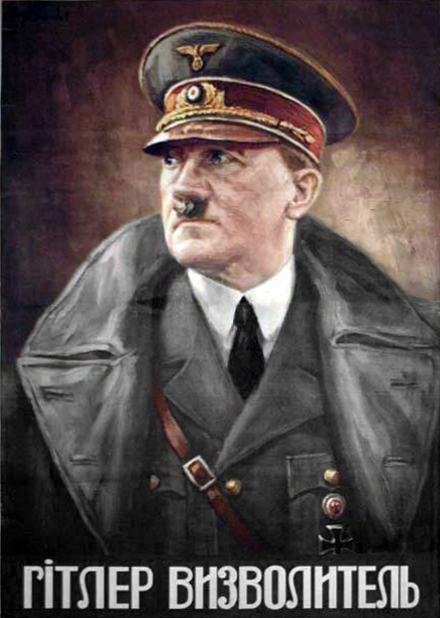
In the spring of 1942, while collecting brushwood in the forest, Kuts found anti-Nazi leaflets written in German. Such leaflets were dropped from Soviet aircraft for the purpose of spreading propaganda among German soldiers. Paper at that time was scarce, so Kuts took the leaflets home and laid them out to dry.
When German soldiers entered the house, they saw the leaflets and accused Kuts of agitation activities. He was sentenced to forced labor in Germany as an “Eastern Worker.” Kuts was only 14 years old.
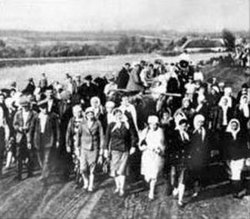
In the city of Brest, Kuts made an attempt to escape but was caught. After that, he was put to work unloading railway cars, which gave him two hernias. Later, Kuts was sent to dig trenches in Hamburg, where he was diagnosed with emphysema and gastritis.
The Germans often beat him up and called him names such as “Kleine Stalin” and “Russian Schweine.” In addition, the labor camp authorities demoralized their workers with claims that after the war, the entire Slavic population of Eastern Europe would be turned into slaves.
Working in Stuttgart for twelve hours a day in the discharge of lime almost killed Kuts. People died every day, but Kuts managed to survive only because he was given as a servant to Anton Starz, a farmer in Dewangen (Baden-Württemberg).
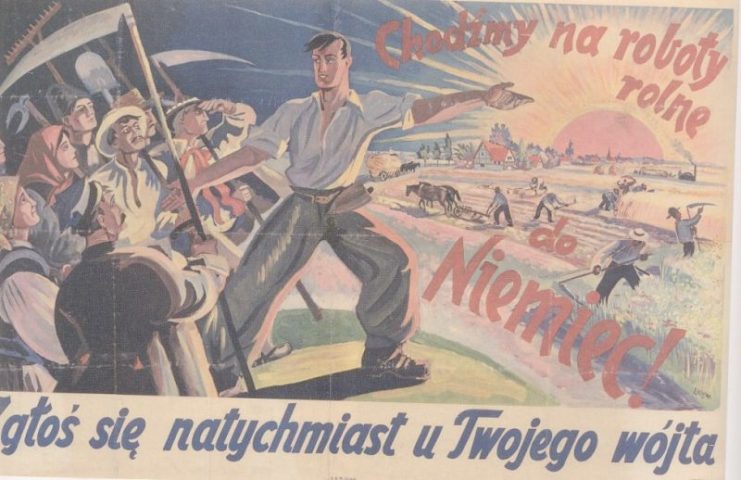
Starz was surprised by the high literacy of his now 15-year-old Eastern worker. In moments when the owners were not home, Kuts secretly took out the radio and listened to news reports from the front.
In the winter of 1942-1943, while working with French prisoners of war at a sawmill, he learned by radio that German forces were destroyed near Stalingrad. This news delighted the French and they were very pleased with Kuts for telling them.
In March 1945, near the village where Kuts worked, the Germans began to install and mask large-caliber guns in trenches at the bend of a mountain road. They were preparing an ambush for the approaching American troops.
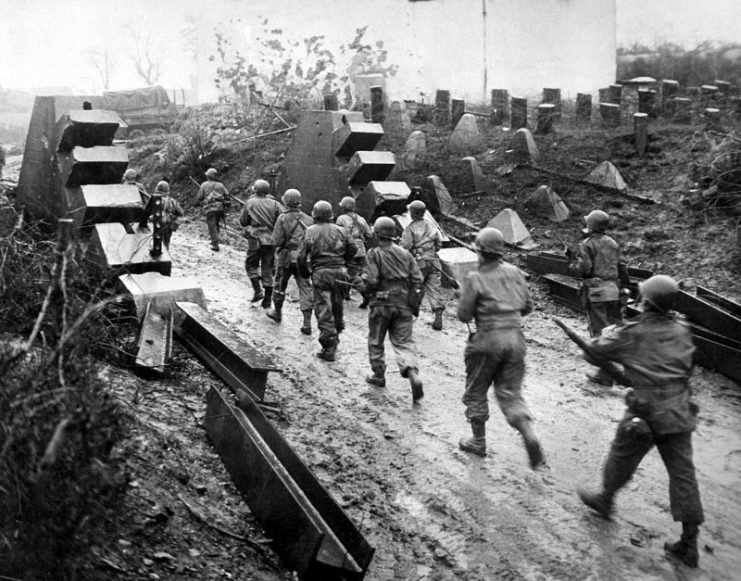
When Kuts met a column of American troops later on, he took a desperate step. In his memoirs he says:
I realized the Americans needed to be warned. I ran to the first jeep, I shouted in German (I was taught at school, and when I worked for the owner, I remembered all the words!)–but no one understood me. But after a while, an American appeared who spoke German. His name was Eugene. I told him that it was impossible to go further–an ambush [was ahead]. He drew a [map] and asked me to show [him where].
In German, Kuts told Eugene Melly, a sergeant in the 4th Infantry Division, about the location of the German guns and showed him the location of the ambush on the map. Thanks to this information, the Americans managed to get around the ambush.
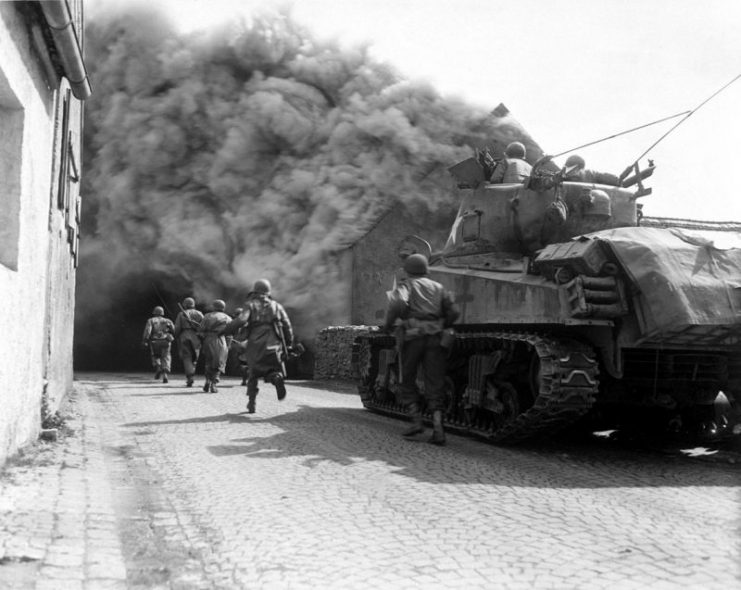
Shortly thereafter, Melly asked Kuts if he wanted to serve in the American army. Kuts described the moment like this:
The Americans called me Willy. Honestly, the orders in their army (later I found out that I was in the 4th Infantry Division) surprised me. Everything there was surprisingly simple. Eugene, for example, legalized my stay in the army as follows: led me to his immediate superior…and told him: “Hi, Bill, this guy will ride with me.” On the second day, the chaplain came and asked what faith I was, to know what canon funeral I should have if killed. I replied that I was a Christian. That’s all the formalities. So I became a shooter of a heavy (12.7 mm caliber) “Browning” machine gun, mounted in the back of the “Willys”.
The next day, Kuts attacked two German soldiers who were mining a river bridge. However, due to unfamiliarity with his weapon, he didn’t succeed in firing right away. The Germans, alerted to his presence, tried to escape on a motorcycle.
At that moment, Kuts managed to open fire. He later recalled, “The one who was sitting behind lost his hand and the motorcycle turned upside down.” One of the Germans survived and surrendered, and “Willy” took a Walther P38 pistol from him.
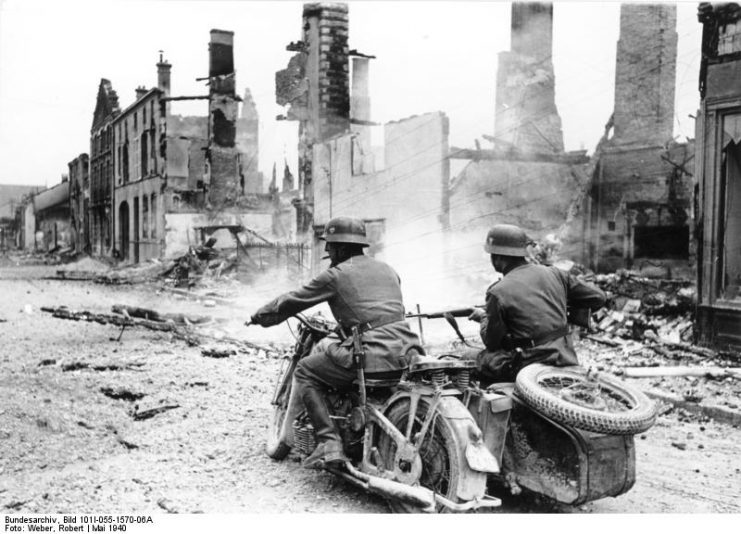
After that, Kuts continued to serve as a scout. His main task was to be the first to enter a town and ask the locals about the presence of German troops. Eugene Melly appreciated Kuts’ skills and claimed that he was born to be a scout.
In April 1945, during maneuvers around Dillingen, Kuts was injured. As his jeep crossed a bridge, it was struck by a shell from a Tiger tank. Kuts lost eight teeth and his jaw was broken. Corporal Risky gave him first aid, but for the next two months Kuts struggled with stuttering.
However, it wasn’t all bad news. He met an orphaned French woman named Jeannette who, in his words, was his first love.
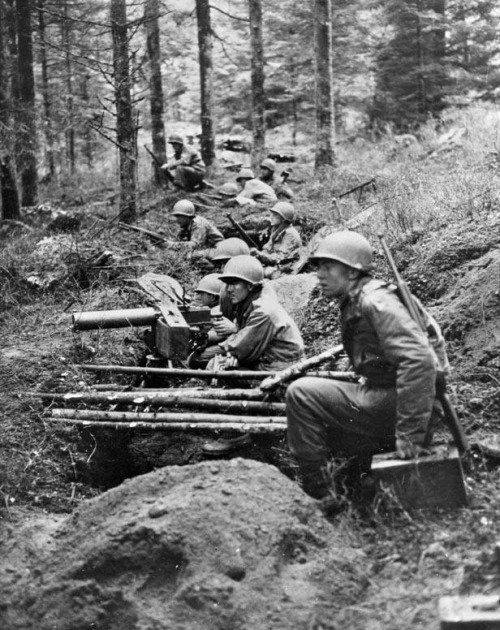
At the end of April 1945, an order was received to intercept a part of the SS that was leaving in the direction of the Alps. During the following action, Kuts mistook an American car for a German one and opened fire. Unfortunately, there were casualties. Kuts was terrified that he would be tried for his actions, but he was not.
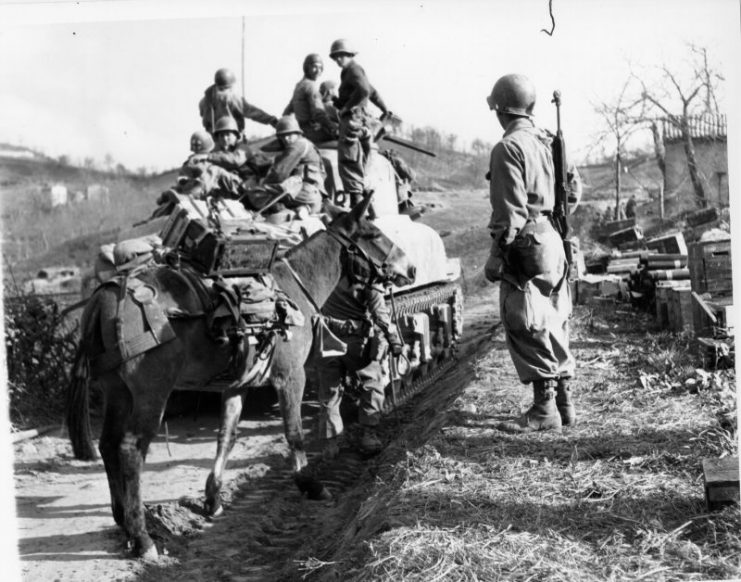
Soon after, on the Enns, the 4th Infantry Division met with units of the 5th Airborne Division and Major General Afonin found out about Vladimir Kuts. After checking into Kuts’ background, Afonin sent him to the 16th Guards Regiment where he became a driver, a translator, and participated in special tasks.
In the fall, Kuts was allowed to go home since he was still a minor. He was advised to keep his service history with the US Army a secret, and the documents confirming his participation in American intelligence were destroyed.
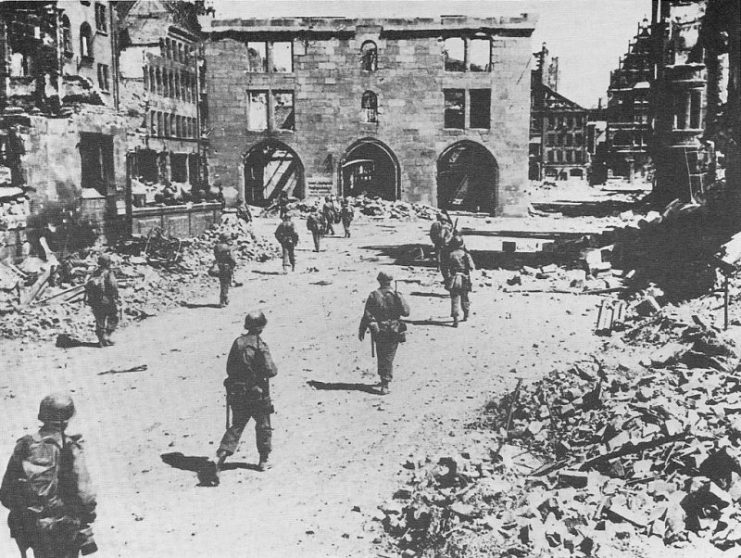
After returning to Veprik, Kuts ended up working as a mechanic and was employed until his retirement at the Norilsk Mining and Metallurgical Plant. He also became the swimming champion of the Krasnoyarsk Territory.
A false accusation of collaboration with the Germans was made against him, but he managed to escape trial.
Kuts survived several heart attacks. After the second one, while he was in the hospital, he told one of the patients about his army service. This patient turned out to be the deputy minister. In 1988, he arranged for Kuts to meet with the KGB.
At this meeting, Kuts told the whole truth about his service during the war, and received permission to fly to the United States to meet with his former colleagues.
A year later, Vladimir Kuts was in Philadelphia, where he was reunited with his fellow soldiers from the 4th Infantry Division: Eugene Melly, Richard Fitzsimmons, Bob Nystrom, and Bill Risky. In addition, he was appointed as a lifelong member of the 4th Division’s Veterans’ Association.
Read another story from us: Executed by Nazis – German Soldier Became a Hero of the Soviet Union
On July 29, 1989, Kuts was awarded a Purple Heart medal. He received several other awards as well and visited several memorial events dedicated to the Second World War.
In 2016, Oleg Shtrom shot a documentary entitled Братья по оружию. Во имя общей победы (“Brothers in arms, in the name of common victory”) in which Vladimir Kuts told his life story.
